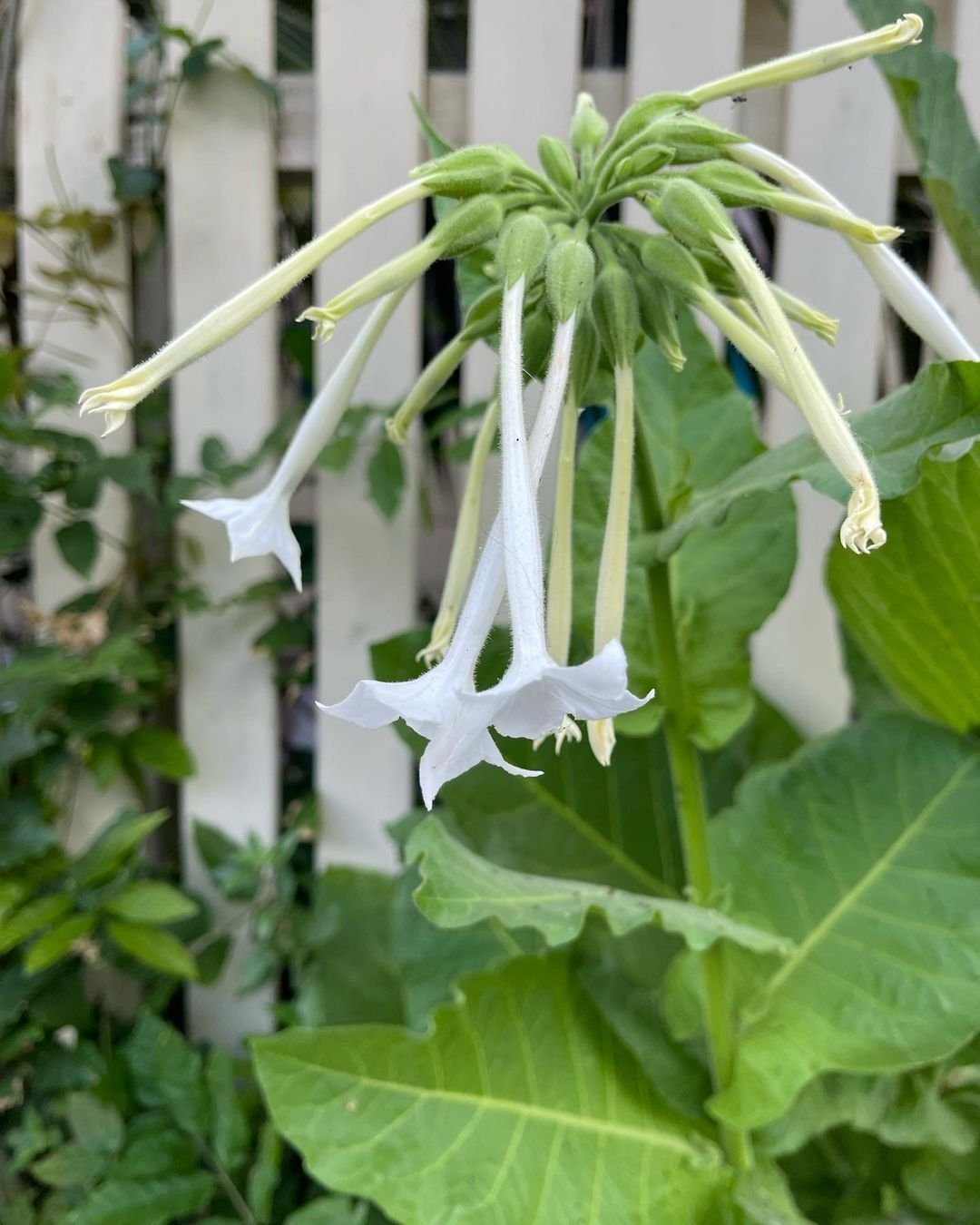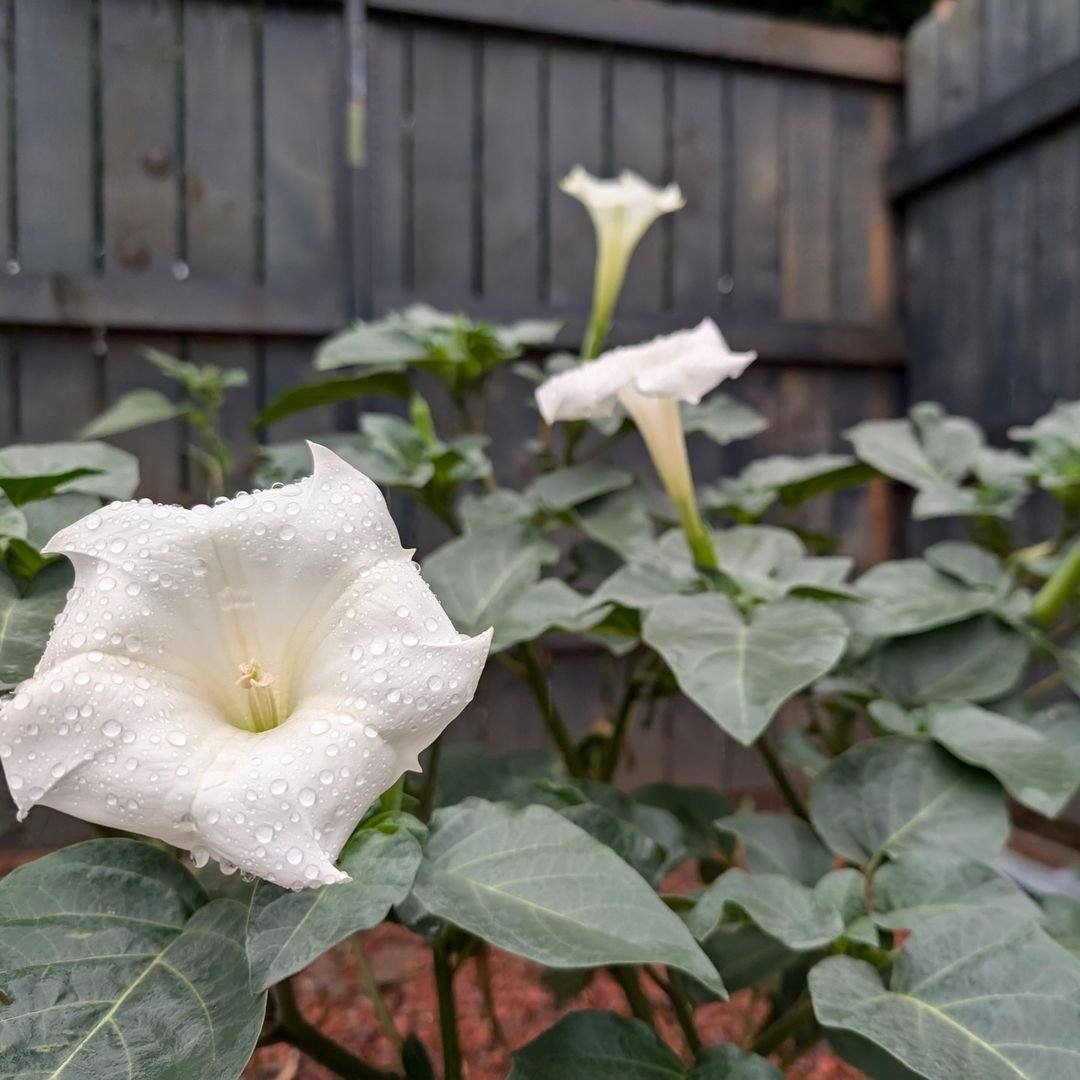Good night flowers, also known as evening-blooming or night-blooming flowers, are plants that open their blossoms in the late afternoon or evening. Popular varieties include evening primrose, moonflower, night-blooming jasmine and four o’clocks. These plants often have white or pale-colored flowers and sweet fragrances to attract nocturnal pollinators.
As a horticulturist specializing in unique garden designs, I’m excited to share my knowledge about these enchanting night-blooming flowers. Creating a garden that comes alive as the sun sets can add a magical dimension to your outdoor space.
1. Moonflower (Ipomoea alba)

Characteristics
- Large, white, trumpet-shaped flowers
- Vigorous climbing vine
- Strong, sweet fragrance
Care Tips
- Plant in full sun
- Provide sturdy support for climbing
- Regular watering during growing season
For more information on growing moonflowers, visit the Clemson Cooperative Extension page.
2. Evening Primrose (Oenothera biennis)

Characteristics
- Yellow, cup-shaped flowers
- Opens quickly at dusk
- Biennial or short-lived perennial
Care Tips
- Thrives in full sun to partial shade
- Well-draining soil
- Drought-tolerant once established
Learn more about evening primrose from the North Carolina Extension Gardener Plant Toolbox.
3. Night-Blooming Jasmine (Cestrum nocturnum)

Characteristics
- Small, tubular greenish-white flowers
- Intensely fragrant at night
- Evergreen shrub in warm climates
Care Tips
- Partial shade to full sun
- Regular watering
- Prune to maintain shape
4. Four O’Clocks (Mirabilis jalapa)

Characteristics
- Trumpet-shaped flowers in various colors
- Opens in late afternoon
- Self-seeding annual or tender perennial
Care Tips
- Full sun to partial shade
- Well-draining soil
- Drought-tolerant
5. Evening-Scented Stock (Matthiola longipetala)

Characteristics
- Small, four-petaled flowers in pastel colors
- Strongly fragrant in the evening
- Annual plant
Care Tips
- Full sun
- Cool weather plant
- Regular watering
6. Night Phlox (Zaluzianskya capensis)

Characteristics
- Star-shaped flowers with maroon backs
- Vanilla-like fragrance
- Low-growing annual
Care Tips
- Partial shade
- Cool temperatures
- Moist, well-draining soil
7. Angel’s Trumpet (Brugmansia spp.)

Characteristics
- Large, pendulous trumpet-shaped flowers
- Fragrant in the evening
- Tropical shrub or small tree
Care Tips
- Partial shade
- Rich, moist soil
- Protection from strong winds
Note: All parts of this plant are toxic. For safety information, visit the ASPCA’s toxic plants list.
8. Night-Blooming Cereus (Epiphyllum oxypetalum)

Characteristics
- Large, white, fragrant flowers
- Blooms for one night only
- Cactus species
Care Tips
- Bright, indirect light
- Well-draining cactus mix
- Minimal watering
9. Nicotiana (Nicotiana alata)

Characteristics
- Star-shaped flowers in white or pastel colors
- Sweet evening fragrance
- Annual or short-lived perennial
Care Tips
- Full sun to partial shade
- Rich, moist soil
- Deadhead for continuous blooming
10. Datura (Datura metel)

Characteristics
- Large, trumpet-shaped flowers
- Fragrant in the evening
- Annual or short-lived perennial
Care Tips
- Full sun
- Well-draining soil
- Drought-tolerant once established
Caution: All parts of this plant are toxic. Handle with care.
Creating a Night-Blooming Garden
Location
- Choose an area visible from your home or patio
- Ensure easy access for evening enjoyment
Design Tips
- Incorporate pale-colored flowers for visibility
- Add reflective elements like white pebbles or light-colored furniture
- Install soft lighting to enhance the nighttime ambiance
Companion Plants
- Include silver-leaved plants for moonlight reflection
- Add ornamental grasses for texture
For more on night garden design, check out the Royal Horticultural Society’s evening garden ideas.
Attracting Nocturnal Pollinators
Night-blooming flowers often attract specific nocturnal pollinators:
- Moths
- Bats (in some regions)
- Night-flying beetles
Learn more about nocturnal pollinators from the U.S. Forest Service.
Creating a garden with good night flowers adds a new dimension to your outdoor space, allowing you to enjoy your garden well into the evening hours. These night-blooming plants not only provide beauty and fragrance but also support nocturnal wildlife. Whether you choose the dramatic moonflower or the sweetly scented evening primrose, these plants will transform your garden into a magical nighttime retreat.
Remember to consider your local climate and growing conditions when selecting night-blooming plants. With proper care and planning, you can create a stunning moonlit garden that comes alive as the sun sets, offering a peaceful and enchanting space for evening relaxation and enjoyment.
For more information on gardening with native night-blooming plants in your area, consult your local cooperative extension service.
For more gardening tips and plant care guides, visit usagardenhub.com.


I am not sure where you are getting your info, but good topic. I needs to spend some time learning more or understanding more. Thanks for excellent info I was looking for this information for my mission.